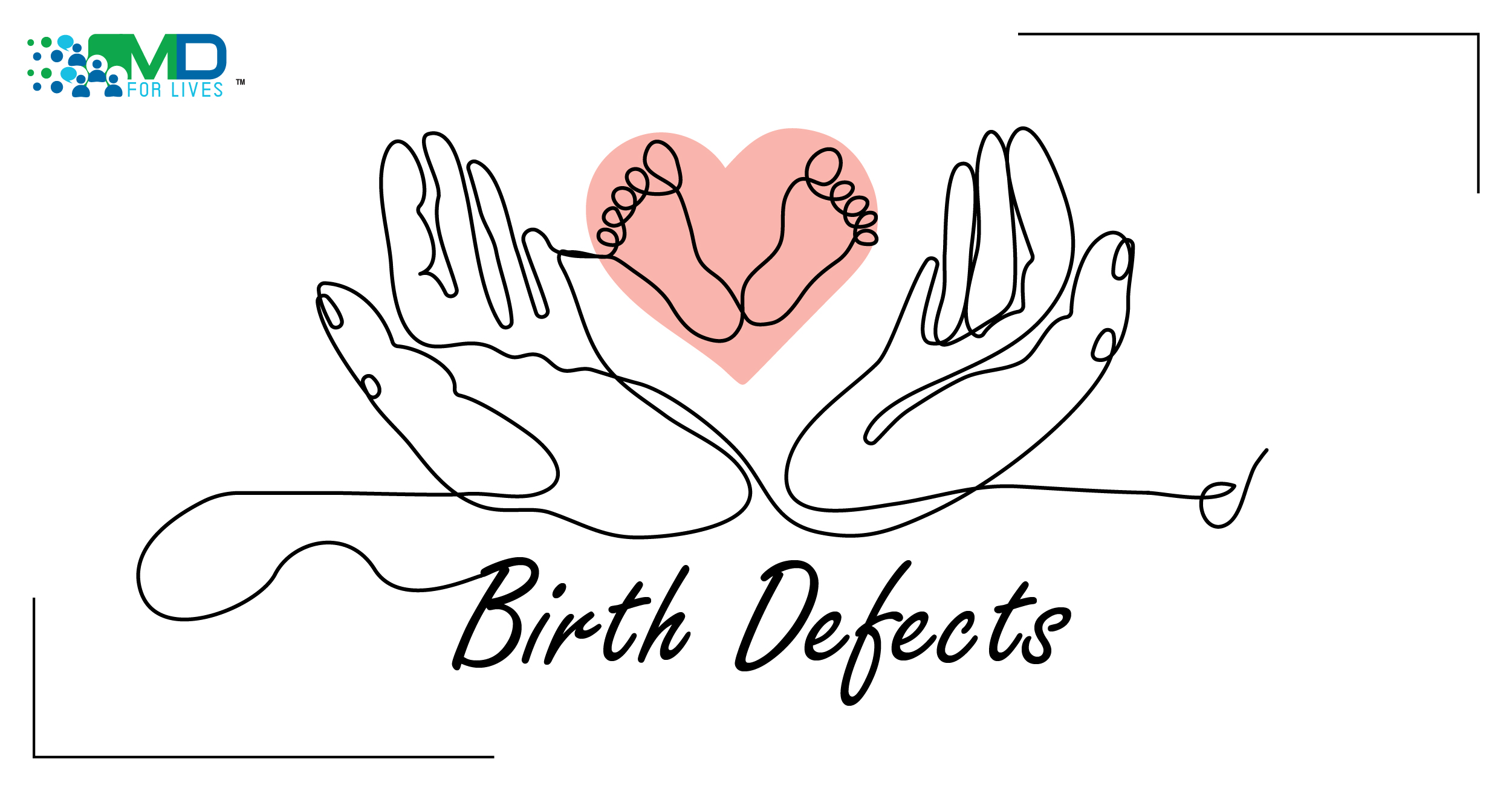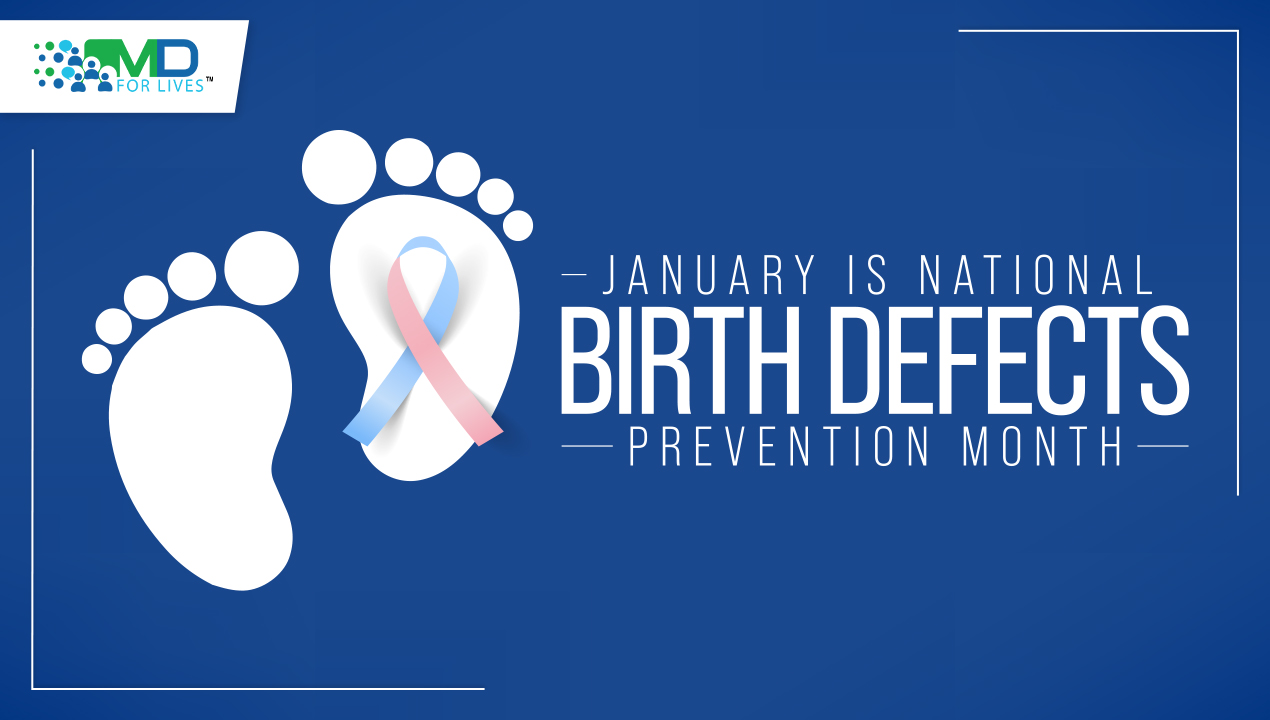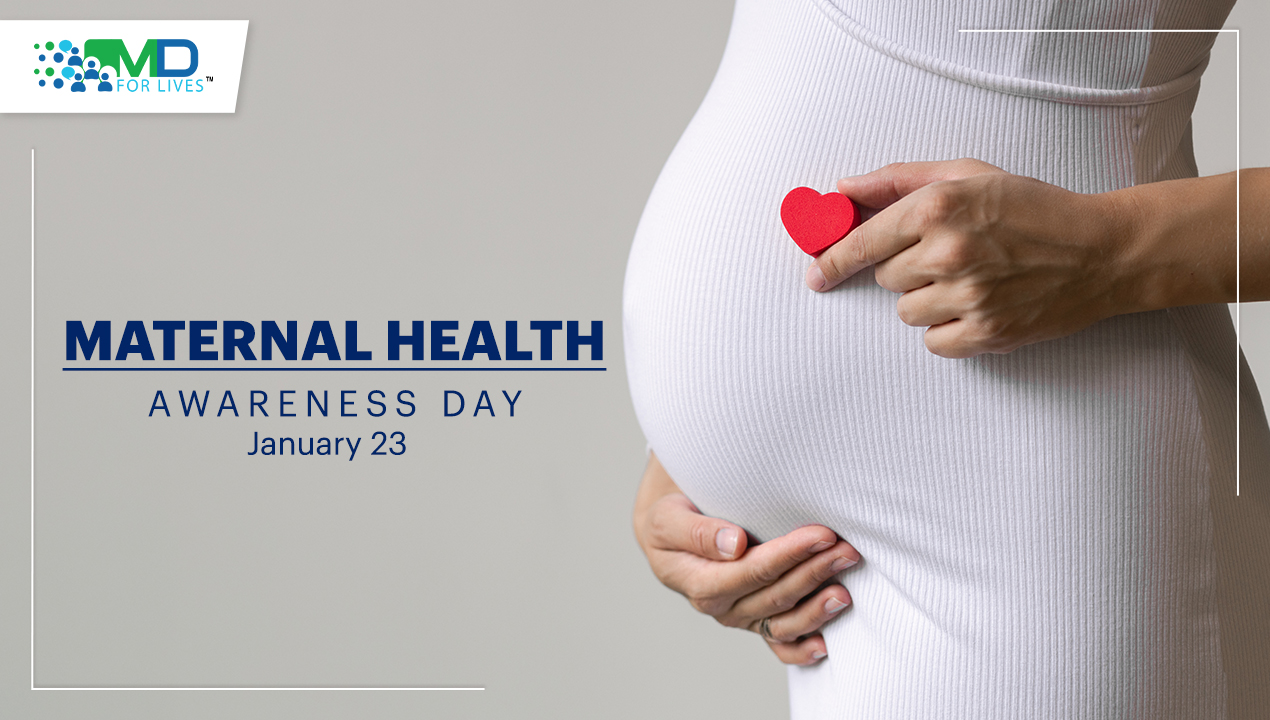Congenital anomalies, also known as birth defects are among the leading causes of mortality in children less than five years. It is estimated that congenital anomalies affect 7.9 million children (6% of total birth) per year, globally. Data suggest nearly 3.3 million children die from birth defects each year, and 3.2 million children who survive or born with non-fatal anomalies can be disabled for life. They can develop life-long cognition and physical disability.
Congenital anomalies are a global problem. Socioeconomic challenges contribute to a higher rate of birth defects. More than 94% of congenital anomalies were recorded from middle- and low-income countries. It is found that effective interventions can prevent up to 70% of mortality and disability.
Classification of Birth Defects

Fig 1. Graphical visualization of morphogenetic pathogenesis of birth defects, where the broken line represents developmental potential as opposed to timing of the presentation of the defect (Clinical gate, 2015).
Congenital anomalies can be categorized according to their etiologies- genetic (intrinsic) and environmental (extrinsic) factors. Intrinsic causes include chromosomal abnormalities, gene mutations, endogenous metabolism, etc. Extrinsic causes include infections, nutritional deficiencies, alcohol, smoking, drug use, certain chemicals, and other numerous toxic environmental agents. Birth defects depend on the causes and the level and length of time of exposure to the factors, as well as the stage of the pregnancy at the time of exposure.
Morphological anomalies include malformation, deformation, disruption, dysplasia, etc.
- Malformations. – The intrinsic malformation is a non-progressive morphological or structural defect of an organ or a part of the organ or a region of the body that occurs due to changes in the primary developmental process. The structural defect includes congenital heart defects such as ventricular or atrial septal defects, cleft lip/palate, and neural tube defect. Malformations are possibly due to chromosomal abnormalities or gene mutation.
- Disruption. Secondary or extrinsic malformation. A morphological defect due to the breakdown of or interruption in the normal developmental process. The disruption occurs due to vascular anomalies, infectious, teratogens, etc.
- Deformations. – Abnormal structure of an organ or position of a part of the body, as a consequence of mechanical forces interfering with the normal growth. The deformation occurs at any time. Deformation depends on the magnitude and direction of the forces and the stage of development. Possible extrinsic causes include primigravida, small maternal size, uterine malformation, oligohydramnios, etc.
- Dysplasia. Abnormal cellular constitution and tissue organization within an organ. These can result in arteriovenous malformation, hemangiomas, and osteochondrodysplasia .
Teratogenesis: Etiology of birth defects

Fig 2. Etiologies of birth defects (Feldkamp, et al., 2017)
It is difficult to prevent congenital anomalies because more than half of the incidences have unknown etiologies. Although presumptive causes are expected to affect the embryogenesis during the first trimester of development, several risk factors have been linked to anomalous events, and are being studied for their causation and correlation.
Genetics plays a significant role in the development of the fetus, and any genomic alteration can affect the morphogenesis of the child. Genetic variations include inversions, deletions, and translocations in the chromosomal segments resulting in phenotypic abnormalities, and many studies are discovering specific gene involvements in these congenital anomalies. Consanguineous marriage unravels rare genetic diseases and worsens the prognosis of the child. Besides the genes, extrinsic factors can also cause congenital anomalies, such as exposure to teratogenic substances, e.g. alcoholic beverages, cigarette smoking, and illicit drugs, which are all preventable risk factors.
Socioeconomic factors are also known to contribute to congenital anomalies. Low-income families are expected to have higher incidences of congenital anomalies in their children. These individuals are most likely to be exposed to infectious pathogens that are teratogenic such as syphilis, rubella, and Zika virus. In addition, maternal malnutrition both before and during pregnancy in underdeveloped and developing countries also increases the risk of developing congenital anomalies.
Prevention and Management of birth defects: Can we prevent these congenital defects?
While a certain percentage of congenital anomalies are genetic and are hardly reversible, the majority of these risk factors are preventable. Adequate knowledge about congenital anomalies among expectant mothers can result in early detection and prompt consultation. Smoking and alcohol drinking cessation can help to prevent congenital anomalies.
Maternal nutrition is also vital as the dietary intake of the mother fuels the development of the growing baby. Vitamin B9, more commonly known as folate, in 400 mcg doses every day, in addition to the food that is rich in folate can prevent neural tube defects [11]. In women who are at high risk of bearing a child with neural tube defects (NTDs), e.g. having a family history, maternal history of having NTDs, then they should take 4mg of folate per day and should start >3 months before getting pregnant.
Prenatal screening for genetic disorders can reduce the burden of congenital anomalies. Advanced maternal age is an independent risk factor of congenital anomalies, particularly for Down syndrome, the most frequent autosomal anomaly. Prenatal screening for beta-thalassemia, Down syndrome, and neural tube defects are advisable. Genetic tests can be done to obtain conclusive genotyping results that can trace the contributory genetic mutation. Referral to developmental pediatrics is a must, for a more extensive assessment.
Conclusion:
Prenatal care and awareness of congenital anomalies among prospective mothers can significantly prevent birth defects, particularly where the potential for exposure to teratogenic agents is greater. The most effective intervention for prevention includes community education, family planning, management of maternal health problems, adequate nutrition, prenatal screening, avoiding maternal infections, and exposure to other risk factors. Physicians must enforce these patients to comply with the precautions to prevent defects and save their children from possible mortality.
For more MDFL Healthcare Surveys & Rewards, join us by clicking on the below Register Now button.

References:
(1)Christianson A, Howson CP, Modell B. The hidden toll of dying and disabled children. March of Dimes Global report on birth defects. 2006.
(2)https://www.who.int/news-room/fact-sheets/detail/congenital-anomalies
(3)Clinical Gate (2015). Congenital Abnormalities and Dysmorphic Syndromes. Retrieved from: https://clinicalgate.com/congenital-abnormalities-and-dysmorphic-syndromes/







2 Comments
Hand Sanitizers: Alcohol-based hand sanitizers and children’s eyes
5 years ago[…] first study, based on research in France, reports a seven-fold increase in pediatric eye exposures to hand sanitizer during the spring and summer of 2020, compared to the same period in […]
Alcohol-based hand sanitizers and children’s eyes - MDForLives
4 years ago[…] first study, based on research in France, reports a seven-fold increase in pediatric eye exposures to hand sanitizer during the spring and summer of 2020, compared to the same period in […]